Summary: 48.4 million people in the U.S. had a substance use disorder (SUD) in 2024. That’s a decrease of 100,000 people from 2023, which is less than 1%. For all people over age 12, the decrease was not statistically significant. However, researchers identified a statistically significant decrease in SUD among people aged 12 to 17, and small decreases for specific substances.
Key Points:
- Rates of alcohol use disorder decreased between 2023 and 2024
- Rates of illicit drug use disorder increased for people 26+
- Marijuana use and marijuana use disorder both increased between 2023 and 2024
- Rates of opioid use disorder (OUD) did not change
- Only 19% of people who needed SUD treatment received treatment
Facts and Figures on Substance Use Disorder in 2024
Every year, the National Institutes of Health (NIH), in collaboration with the Substance Abuse and Mental Health Services Administration (SAMHSA), conducts a nationwide survey called the National Survey on Drug Use and Health (NSDUH). Researchers survey around 70,000 members of the civilian, non-institutionalized population on the following subjects:
- Alcohol, tobacco, and drug use
- Rates of substance use disorder (SUD), alcohol use disorder (SUD), and other drug use disorders
- Rates of mental illness
- Receipt of treatment for SUD, AUD, or other drug use disorder
- Receipt of treatment for mental illness
Alongside the main NSDUH report, SAMHSA also publishes a shorter “Highlights” version of the yearly report. In this article, we summarize that version, and present the data in a way that’s both easy to read and understand.
We’ll also add our insights, and in some cases, explain why certain data sets can help us, as substance use disorder treatment providers, offer our patients the best possible support and care. Find a comfortable spot and get ready. There’s a lot of data in this article, but stick with us. We assure you that the information below is well worth the time it takes to read and understand.
The 2024 NSDUH: Highlights and Important Data
We’ll start with the overall, big picture data on substance use.
Substance Use in the Past Month, Age 12+
Individuals who reported use of substances in the past month meet criteria for current use.
- Among people aged 12 or older in 2024, 58.3% used tobacco, alcohol, or an illicit drug in the past month
- Alcohol: 46.6% (134.3 million)
- Tobacco: 16.7% (48 million)
- Illicit drug: 16.7% (48.2 million people)
Alcohol Use: Past Month, Heavy, and Binge Drinking, Age 12+
- Current use: 46.6% (134.3) million
- Binge drinkers: 21.7% (61.2 million)
- Binge drinking among underage people: 7.6% (2.9 million)
- Heavy alcohol use among underage people: 1.5% (576,000)
Illicit Drug Use
- Marijuana use in past month (12+): 15.4% (44.3 million)
- Opioid Misuse in the past year: 2.7% (7.8 million)
- Opioid prescription misuse in past year: 2.5% (7.6 million)
- Heroin use in past year: 0.56% (556,000)
Now we’ll shift gears from substance use in general to substance use disorder (SUD), a.k.a. addiction.
How Many People Had Substance Use Disorder?
In the 2024 NSDUH, researchers use criteria established by the Diagnostic and Statistical Manual of Mental Disorders, 5th edition (DSM-5) to determine the presence of a substance use disorder (SUD) in the past year. To determine how many people in the U.S. had a substance use disorder in 2024, the survey asked SUD-related questions for any alcohol or drugs they may have used in the 12 months before taking the survey.
The survey included questions about the following drugs:
- Marijuana
- Cocaine (including crack)
- Heroin
- Hallucinogens
- Inhalants
- Methamphetamine
- Prescription stimulants, tranquilizers/sedatives, and pain relievers
Here are the overall figures for SUD among people in the U.S. in 2024.
SUD in 2024
- Total: 16.8% (48.4 million)
- 18-25: 25.9% (9.71 million)
- 26+: 16.4% (37.3 million)
- 12-17: 7.8% (2.0 million)
Compared to 2023, overall rates of SUD didn’t change, but rates of SUD for people age 12-17 decreased.
Here’s the SUD data listed by substance:
SUD by Substance in 2024
- Alcohol use disorder: 27.9 million
- Decreased for all people 12+, but increased for people 12-17
- Illicit drug use disorder: 28.2 million
- Increased for all people 12+, but decreased for people 12-25
- Opioid use disorder: 4.8 million
- Neither increased nor decreased in any age group
- Marijuana use disorder: 20.0 million
- Increased for all people 12+, but remained stable for people 12-25
- Stimulant use disorder: 4.3 million
- Neither increased nor decreased in any age group
- Tranquilizer/sedative use disorder: 2.1 million
- Comparison data n/a
That’s all the data on substance use disorder we have to share. Overall, we see promising decreases in alcohol use disorder (AUD), but troubling increases in rates of marijuana use disorder for older adult age groups.
Now we’ll shift gears again, and look at who needed and received treatment for addiction or substance use disorder (SUD) n 2024.
Substance Use Treatment: Needed Treatment and Received Treatment
After identifying how many people in the U.S. has a substance use disorder in 2024, the researchers determined how many people in the U.S. needed treatment for SUD. The NSDUH team defined the term needed SUD treatment in the past year as anyone diagnosed with an alcohol or substance use disorder, or anyone who received substance used treatment at a specialized facility in the past year.
Needed SUD Treatment in The Past Year
- 12+: 18.2%
- 12-17: 9.3%
- 18-25: 26.8%
- 26+: 18.0%
Here we see promising trends: need for treatment decreased across all age groups. The figures here don’t completely agree with the prevalence numbers above: these figures include people who received treatment, with or without a diagnosis of SUD.
Received Any SUD Treatment in The Past Year
- 12+: 3.5%
- 12-17: 2.8%
- 18-25: 3.0%
- 26+: 3.7%
Those two sets of bullet points reveal something we often discuss in our articles: the treatment gap. The treatment gap is the difference between the number of people who need SUD treatment and the number of people who receive SUD treatment. Here’s what this data tells us about the treatment gap in 2021.
The Treatment Gap: 2024
- Overall, 12+: 81% of people 12+ didn’t get the treatment they needed
- 12-17: 70% of people 12-17 didn’t get the treatment they needed
- 18-25: 89% of people 18-25 didn’t get the treatment they needed
- 26+: 79% of people 26+ didn’t get the treatment they needed
Those gaps are far too large. This data – like the data for adults with mental illness we’ll share below – tells us we need to increase our overall efforts in the following areas: awareness, education, advocacy, and access. In order to close the treatment gap, we need to inform people about the need for treatment, teach them what treatment is and what it entails, encourage them to seek help when needed, and work to reduce barriers to care for people who want and need professional support for SUD.
Now let’s look at how the people who did receive treatment received their treatment.
How People Received SUD Treatment in The Past Year
- Outpatient: 7.1 million
- Self-help group like Alcoholics Anonymous (AA) or Narcotics Anonymous (NA): 6.1 million
- Virtual support: 3.6 million
- Inpatient SUD center: 2.6 million
- O Outpatient mental health center: 2.5 million
- Outpatient SUD center: 2.2 million
- Hospital inpatient: 2.2 million
- Emergency room: 1.9 million
- Medication for opioid use disorder (MOUD): 2.2 million
- While incarcerated: 819,000
We have one more set of bullet points to share. In the 2024 NSDUH, the survey asked people diagnosed with AUD or SUD who didn’t receive treatment why they didn’t receive treatment. These individuals said they were:
- Able to handle their disorder without treatment: 75.5%
- Not ready to stop: 59.5%
- No insurance/can’t afford treatment: 45.3%
- Unsure where to seek treatment: 38.9%
- Unable to find the kind of treatment they wanted: 35.8%
- Worried getting treatment might have a negative effect on their lives: 34.4%
We’ll leave that data right there, with only this comment: data shows that the sooner people with a clinical diagnosis for AUD or SUD get treatment, the better the overall outcome.
That’s all the data we have on how many people in the U.S. have addiction of substance use disorder, and all the data we have on addiction/SUD treatment – for now. When we have more data to share, we’ll share it here, and you’ll be the first to know.

 Kimberly Gilkey, RADT-1
Kimberly Gilkey, RADT-1 Amanda Irrgang, Registered Dietitian Nutritionist (RDN)
Amanda Irrgang, Registered Dietitian Nutritionist (RDN) David Abram
David Abram Emily Skillings
Emily Skillings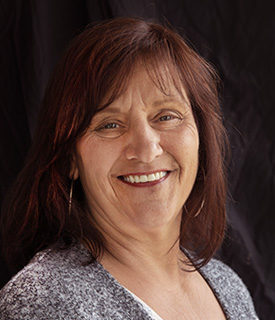 Michelle Ertel
Michelle Ertel Alexandria Avalos, MSW, ACSW
Alexandria Avalos, MSW, ACSW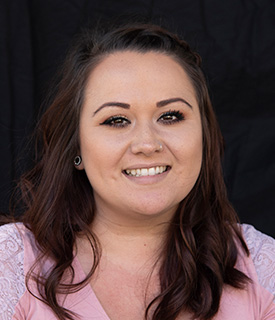 Jovanna Wiggins
Jovanna Wiggins Kelly Schwarzer
Kelly Schwarzer Timothy Wieland
Timothy Wieland Amy Thompson
Amy Thompson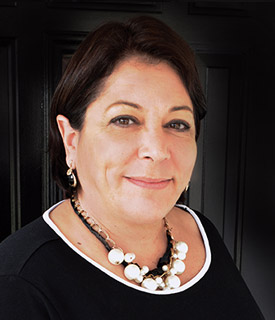 Gianna Melendez
Gianna Melendez David Dalton, Facility Operations Director
David Dalton, Facility Operations Director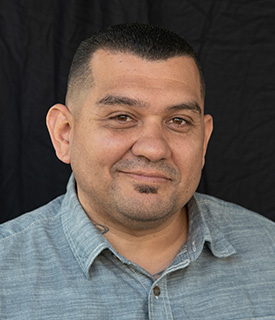 John P. Flores, SUDCC-IV-CS, CADC II
John P. Flores, SUDCC-IV-CS, CADC II Jodie Dahl, CpHT
Jodie Dahl, CpHT Christina Lam, N.P.
Christina Lam, N.P.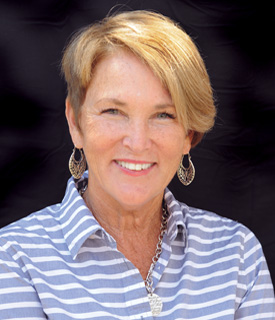 Kathleen McCarrick, MSW, LSW
Kathleen McCarrick, MSW, LSW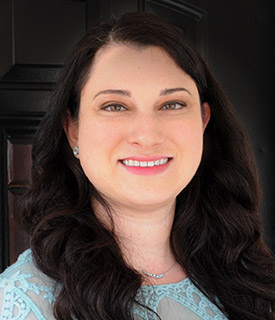 Alexis Weintraub, PsyD
Alexis Weintraub, PsyD Jordan Granata, PsyD
Jordan Granata, PsyD Joanne Talbot-Miller, M.A., LMFT
Joanne Talbot-Miller, M.A., LMFT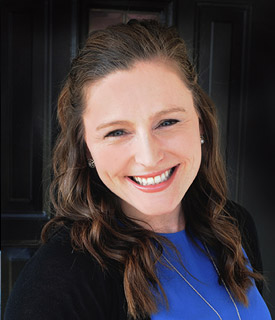 Brittany Perkins, MA, LMFT
Brittany Perkins, MA, LMFT Brieana Turner, MA, LMFT
Brieana Turner, MA, LMFT Milena Dun, PhD
Milena Dun, PhD Rebecca McKnight, PsyD
Rebecca McKnight, PsyD Laura Hopper, Ph.D.
Laura Hopper, Ph.D. Nathan Kuemmerle, MD
Nathan Kuemmerle, MD Jeffrey Klein
Jeffrey Klein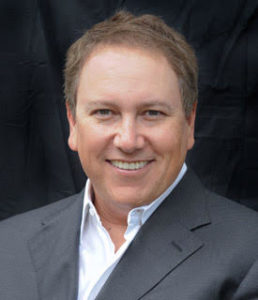 Mark Melden, DO/DABPN
Mark Melden, DO/DABPN